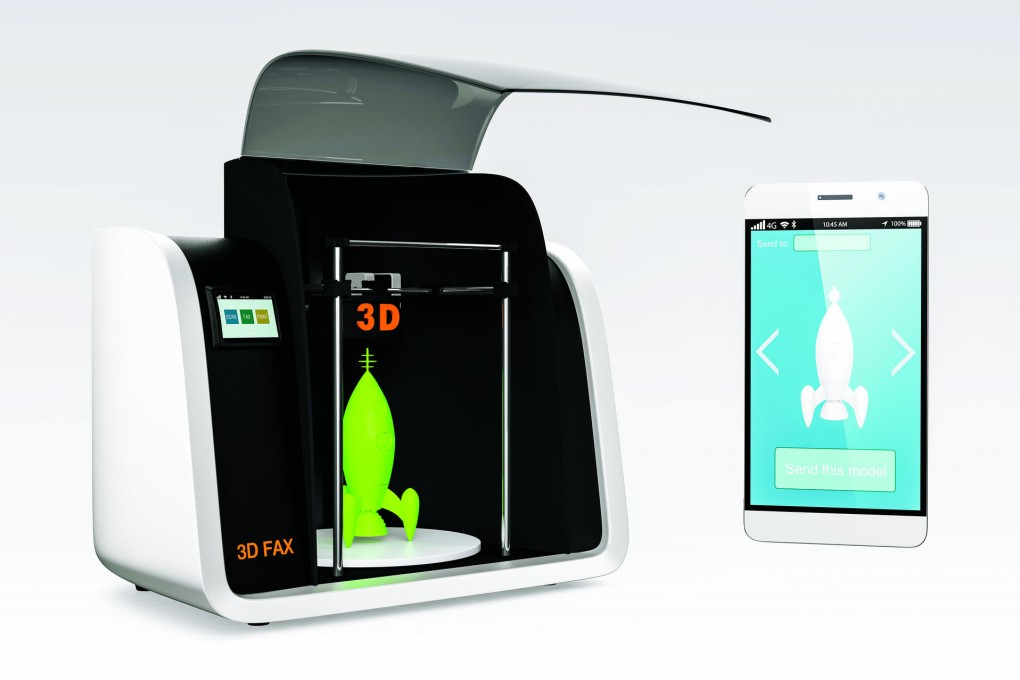3-D printing, if it catches on, will change the world
If you believe the hype, 3-D printers are about to go mainstream. But what does it mean for the future of innovation, asksJamie Carter

The latest iPhone: download it now. That scenario might seem fanciful, but it's possible that in the future we'll be able to purchase and download what we can simply print off at home on 3-D printers.
"If 3-D printing catches on - as we believe it will - people will be printing much, if not all, of what they need," says Chris Elsworthy, CEO at 3-D printer maker Robox. Some are even suggesting that 3-D printing could bring forth a new industrial age, though what's behind notions of "open hardware" and "democratised production" is an organised, online resource of 3-D designs called the "Universe of Things".
If it catches on, people will be printing much, if not all, of what they need
An internet-led database of designs that can be downloaded by anyone, and produced anywhere, the Universe of Things already exists, at least in embryonic form.
It's early days. The tiny market for 3-D printers has so far been dominated by two companies, Makerbot and 3-D Systems, but there are plenty of others on the horizon. The Micro 3-D printer recently raised US$3 million on Kickstarter - after the designer appealed for just US$50,000 - and Robox, too, passed its funding target in days. Its makers want to put this 3-D printer in every home, school and office. Little wonder that analyst firm Gartner predicts that the 3-D printing market in the US - where most of the early action is taking place - will jump from US$90 million in 2013 to US$1.5 billion by 2017.
"Its uses are endless - in particular its everyday capabilities around the home," says Elsworthy of the Robox 3-D printer. "With the current reels available, objects that have been printed using the prototype model include coffee cups, bracelets, door handles, ornaments, plates, children's toys, kitchen utensils, whistles and coasters - all items that tend to be produced in one colour."